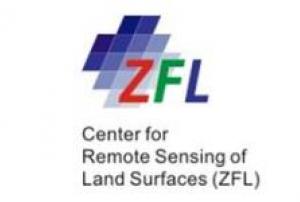Epidemia
Definition
Facts and figures
Further information
UN-SPIDER Regional Support Offices with hazard-specific expertise
Related content on the Knowledge Portal
Le Bureau Régional d'Appui (BRA) de ONU-SPIDER en Roumanie est hébergé par l'Agence Spatiale Roumaine (ROSA). L'accord de coopération entre ROSA et UNOOSA a été signé lors de la 52ème session du Comité des Utilisations Pacifiques de l'Espace Extérieur (COPUOS) le 4 juin 2009.
Créée en 1991, par la décision gouvernementale n° 923/ 20 novembre 1995, ROSA est une institution publique indépendante.
La mission de l'agence est la suivante
- coordonner les programmes nationaux de recherche et d'applications spatiales
- promouvoir le développement de l'espace
- représenter le gouvernement dans la coopération spatiale internationale
- développer des projets de recherche spécifiques.
ROSA est autorisée à établir des centres de recherche et de développement axés sur des objectifs spécifiques du programme spatial roumain.
La Oficina Regional de Apoyo (RSO) de ONU-SPIDER en Rumanía tiene su sede en la Agencia Espacial Rumana (ROSA). El acuerdo de cooperación entre ROSA y UNOOSA se firmó con ocasión de la 52ª COPUOS, el 4 de Junio de 2009.
Establecida en 1991, por la Decisión Gubernamental nº 923/ 20 Nov 1995, ROSA es una institución pública independiente.
La misión de la Agencia incluye:
- coordinar los programas nacionales de investigación y aplicaciones espaciales
- promover el desarrollo espacial
- representar al Gobierno en la cooperación espacial internacional
- desarrollar investigaciones específicas orientadas a proyectos
- ROSA está autorizada a establecer centros de investigación y desarrollo orientados a objetivos específicos del Programa Espacial Rumano.








